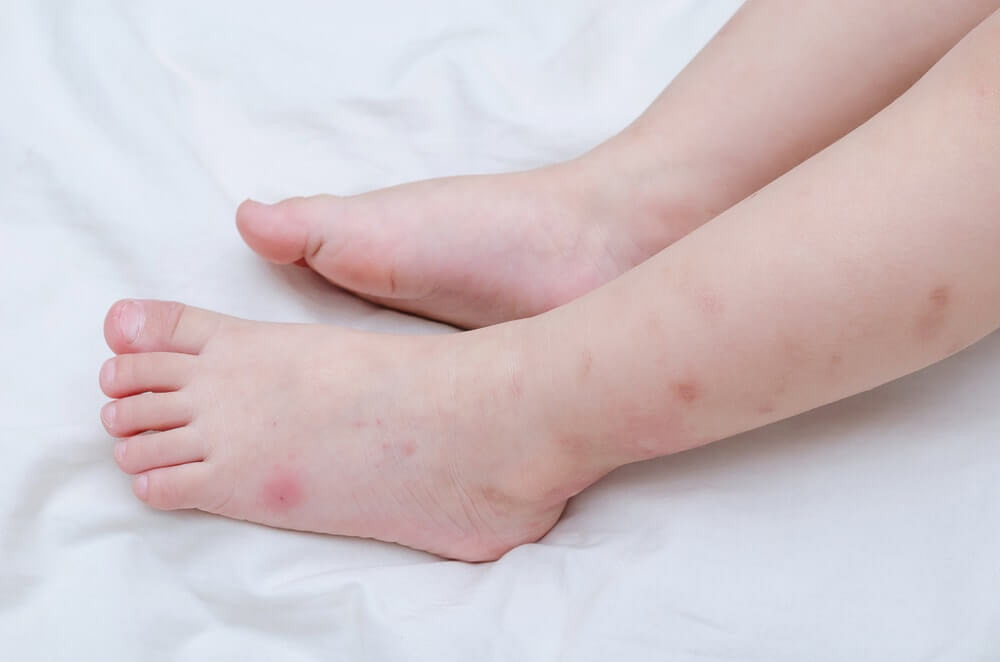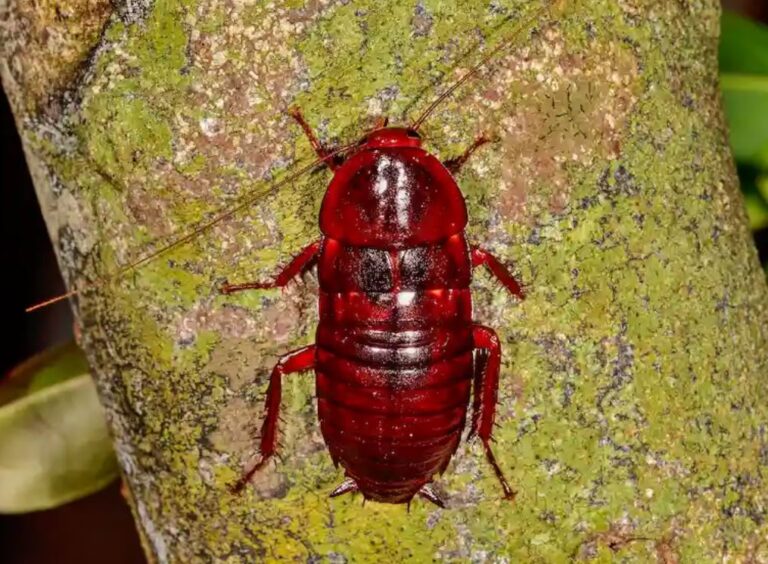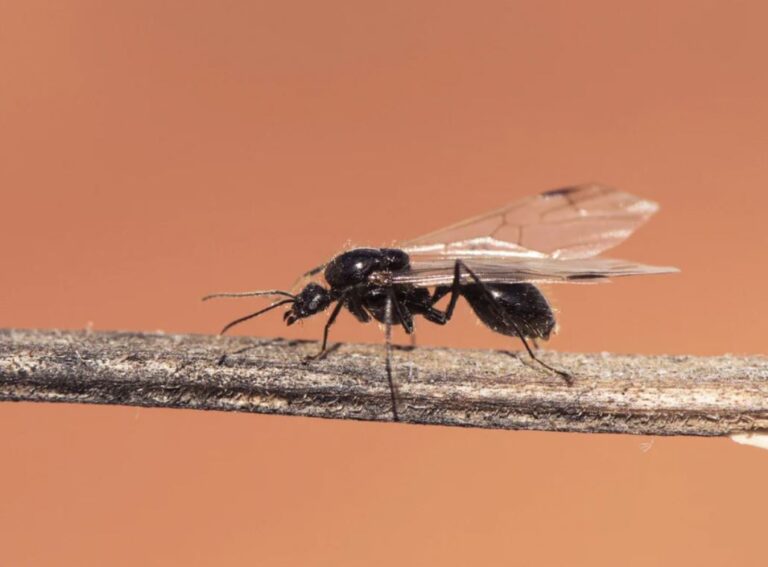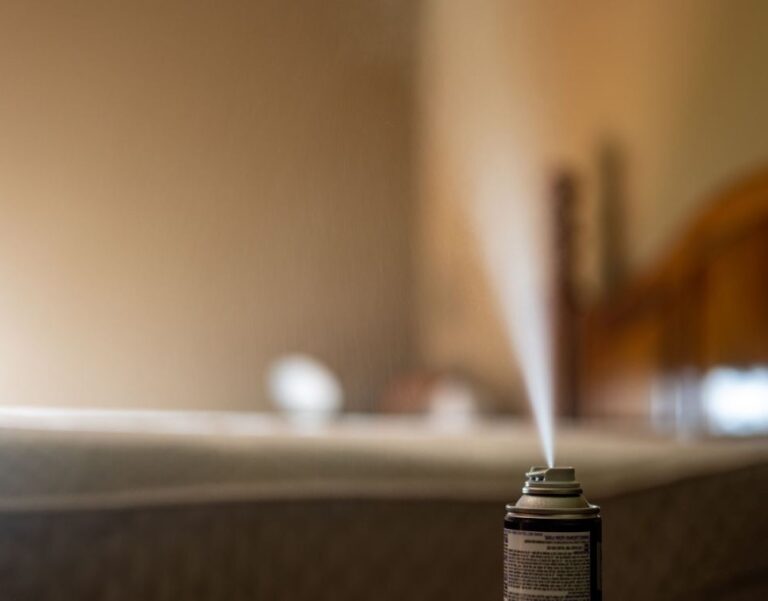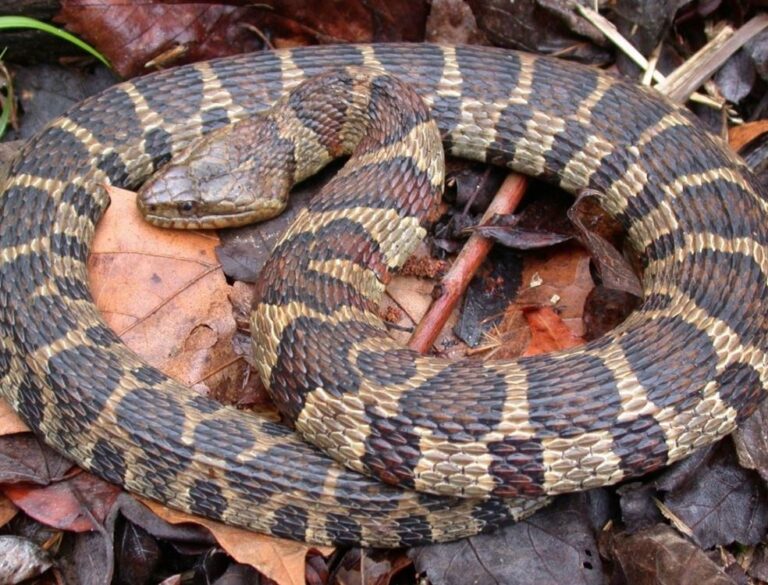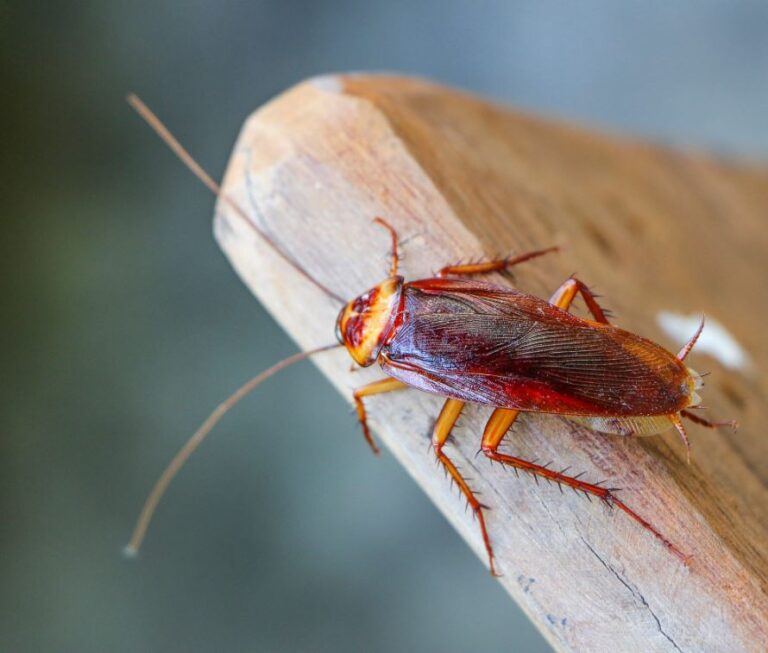What Bug Bit Me? The Ultimate Guide to Identifying & Treating Bug Bites
Bug bites are a common nuisance, but they can sometimes lead to serious health concerns. Whether you’re dealing with an itchy mosquito bite or a mysterious rash, knowing what bit you and how to treat it is crucial for quick relief and preventing complications.
In this guide, we’ll help you identify common bug bites, understand their symptoms, and learn the best treatment methods.
How to Identify Common Bug Bites
Different insects leave distinct bite marks. Here’s how to recognize them:
1. Mosquito Bites
- Appearance: Small, round, red bumps, often with a white center.
- Symptoms: Itchy, sometimes swollen.
- Risk: Can transmit diseases like Zika, West Nile, or malaria (in certain regions).
- Treatment: Anti-itch creams (hydrocortisone), antihistamines, and cold compresses.
2. Tick Bites
- Appearance: Small red bump, sometimes with a bullseye rash (sign of Lyme disease).
- Symptoms: May be painless initially; later, fever or fatigue if infected.
- Risk: Lyme disease, Rocky Mountain spotted fever.
- Treatment: Remove the tick carefully with tweezers, clean the area, and monitor for symptoms. Seek medical attention if a rash develops.
3. Flea Bites
- Appearance: Small red bumps in clusters, often on ankles or legs.
- Symptoms: Intense itching, sometimes blisters.
- Risk: Secondary infections from scratching.
- Treatment: Wash with soap, apply calamine lotion, and use antihistamines.
4. Bed Bug Bites
- Appearance: Red, itchy welts in a line or zigzag pattern.
- Symptoms: Delayed reaction (may appear days later).
- Risk: Mostly irritation, but scratching can cause infection.
- Treatment: Avoid scratching, use corticosteroid creams, and wash bedding in hot water.
5. Spider Bites
- Most are harmless, but some (like black widow or brown recluse) are dangerous.
- Harmless bite: Red, slightly swollen, mild pain.
- Dangerous bite: Severe pain, muscle cramps, nausea, ulceration (brown recluse).
- Treatment: Clean the area, apply ice, and seek emergency care if severe symptoms occur.
6. Chigger Bites
- Appearance: Bright red, intensely itchy bumps, often in skin folds.
- Symptoms: Extreme itching for days.
- Treatment: Anti-itch creams, oatmeal baths, and oral antihistamines.
7. Fire Ant Stings
- Appearance: Red, pus-filled blisters.
- Symptoms: Sharp pain, burning, itching.
- Treatment: Wash with soap, apply hydrocortisone, and take pain relievers if needed.
When to See a Doctor
Most bug bites heal on their own, but seek medical attention if you experience:
✔ Difficulty breathing (sign of anaphylaxis)
✔ Spreading rash or red streaks (possible infection)
✔ Fever, chills, or body aches (sign of disease)
✔ Signs of Lyme disease (bullseye rash)
✔ Severe swelling or pus (infected bite)
How to Prevent Bug Bites
- Use EPA-approved insect repellents (DEET, picaridin).
- Wear long sleeves and pants in bug-prone areas.
- Check for ticks after hiking or camping.
- Eliminate standing water to reduce mosquitoes.
- Inspect hotel rooms for bed bugs.
Final Thoughts
Identifying bug bites early helps with proper treatment and prevents complications. While most are harmless, some require medical intervention. Stay vigilant, protect yourself, and treat bites promptly for a worry-free outdoor experience!
Did you find a mysterious bite? Compare it to the descriptions above and take action for quick relief!
Would you like a printable bug bite identification chart? Let us know in the comments!

